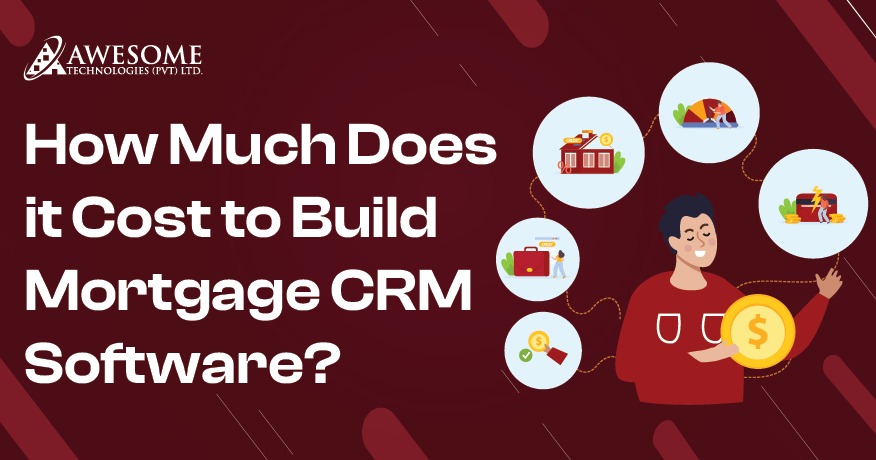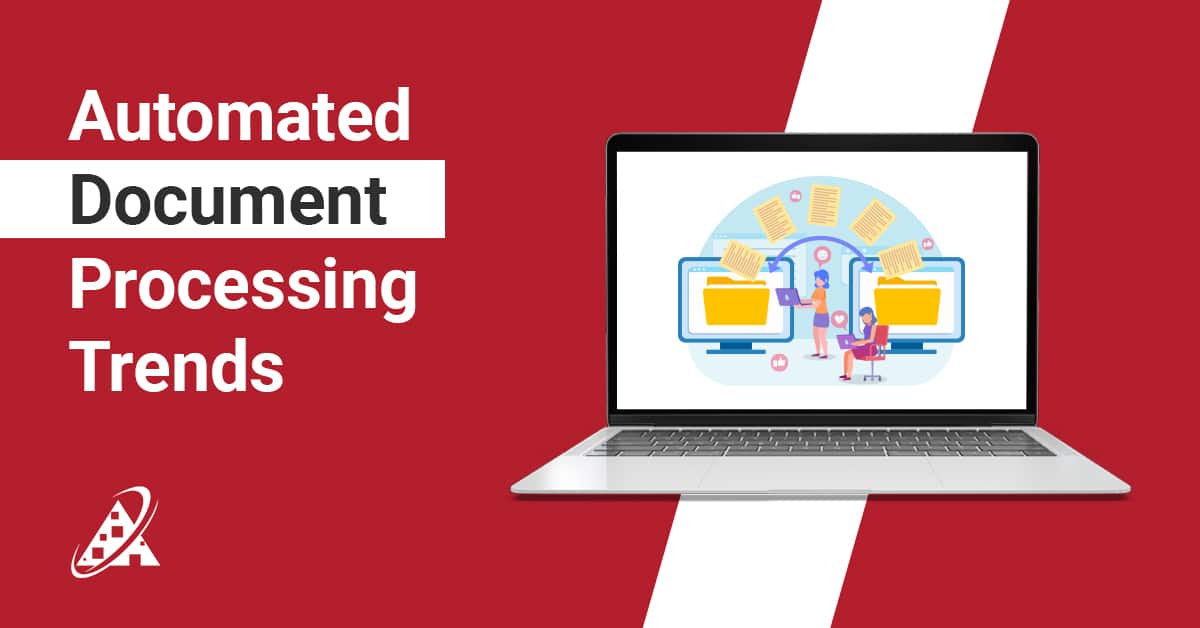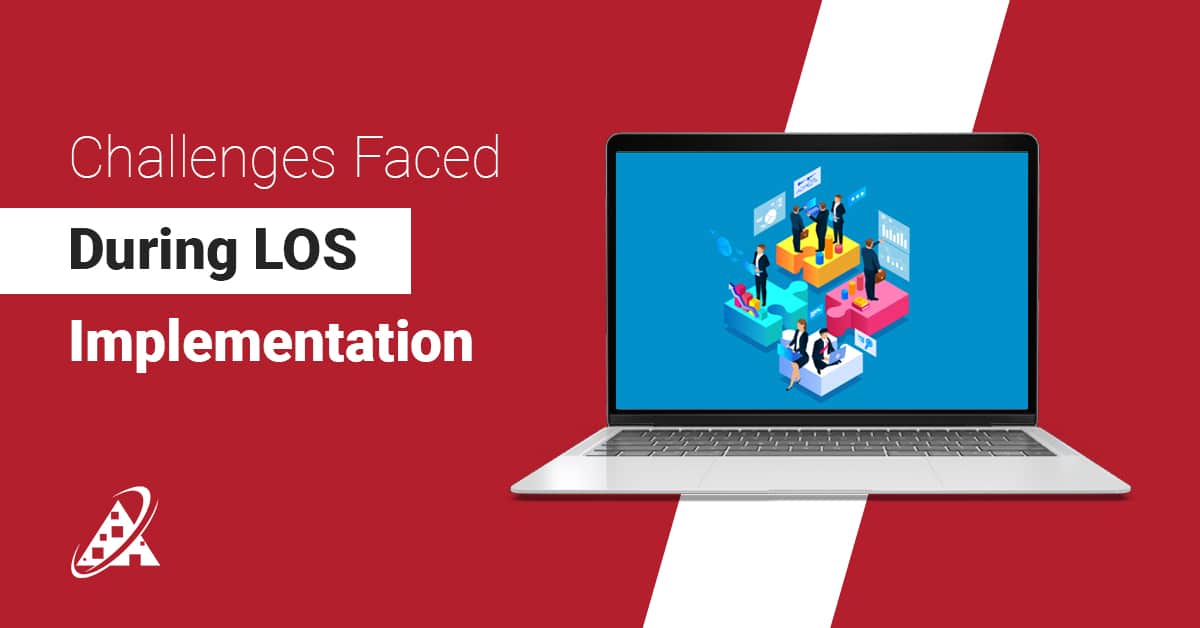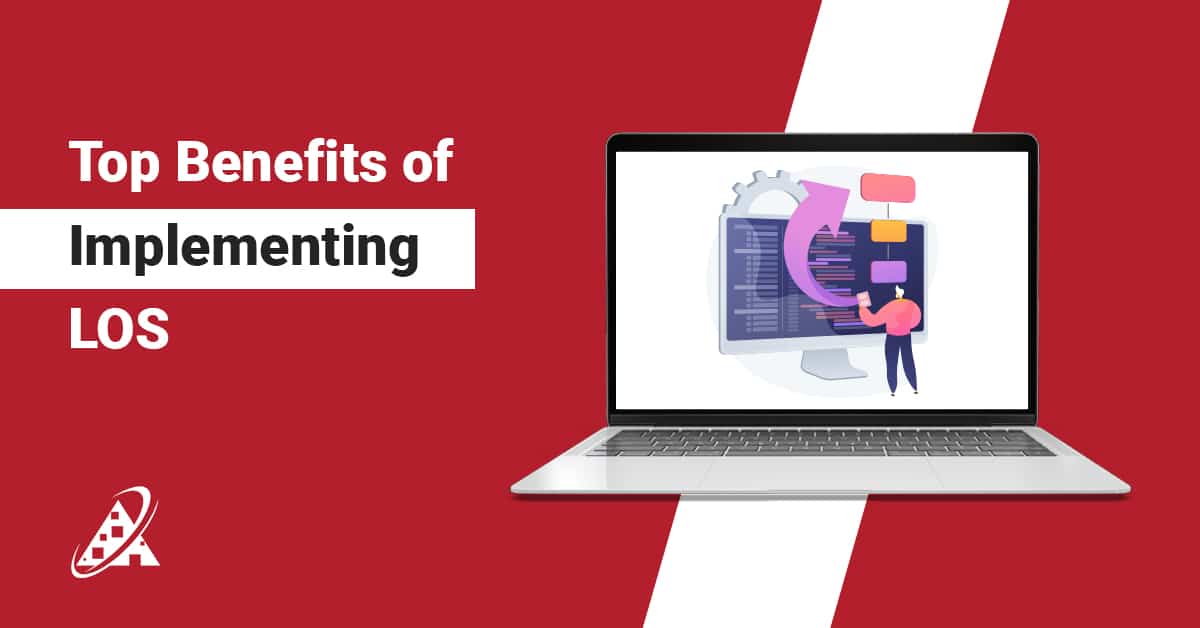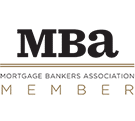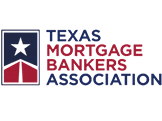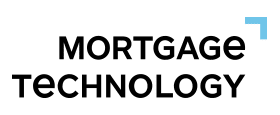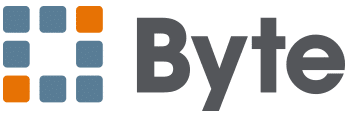The effective management of a mortgage business cannot be the easiest of tasks. In Custom Mortgage Development, starting from customers’ incoming calls or emails to check on their applications to ensure that loan applications are conforming to the set standards as well as checking.
Whether some of them are holding or not, we can juggle around and get fraught. This is where mortgage CRM software proves invaluable. It helps integrate different activities, replace hands-on efforts in given activities, and improves businesses’ overall effectiveness in addressing the needs of their clients and managing tasks assigned. That’s all good, but how much would it cost to construct a mortgage CRM that will only require the enhancement needed to suffice your needs?
In this blog, we will describe anticipated costs while creating mortgage CRM software, What is CRM in mortgage, and encompass mortgage origination software costs. Also, what functionalities affect the cost of the final price? Let’s dig into it!
What is a CRM mortgage?
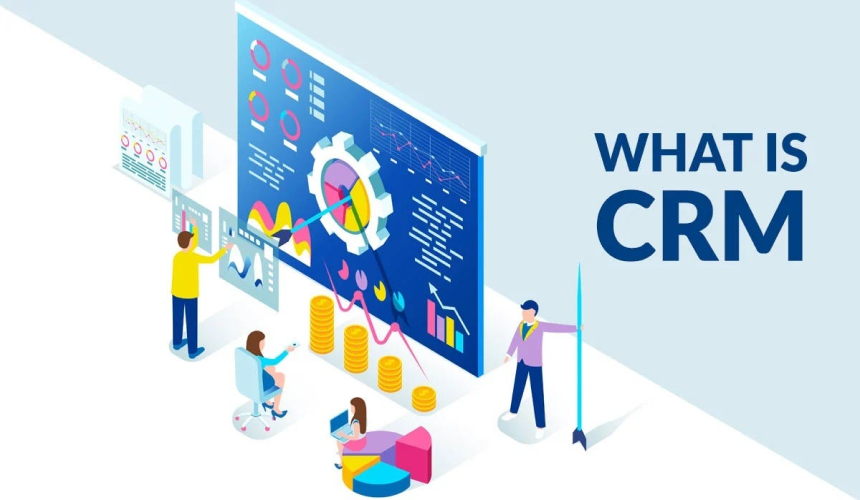
Let us clear you up on what is CRM in mortgage and encompass mortgage software cost. Every mortgage expert, ranging from lenders to brokers, ought to have a mortgage CRM, or customer relationship management, system in their practice. While enabling interaction with customers, it also significantly facilitates the execution of the mortgage and simplifies many of the routine tasks. The purpose of a mortgage CRM is the management of leads, facilitation of loan origination, and enhancement of the consumer experience.
Ready-made CRM solutions, like Salesforce and Zoho, are available for purchase, but they do not serve the purpose of a mortgage business.
An end-user CRM offers more options and can increase the level of leverage because it is possible to purchase software that will suit the basic needs of mortgage businesses.
However, the custom mortgage CRM has one drawback: it requires an investment. In this guide, we will explain everything you want to know about mortgage loan origination crm, from development costs to long-term support, and how you can decide that your idea is good enough to be turned into an app.
Mortgage CRM Software Development Cost: Factors you must know!
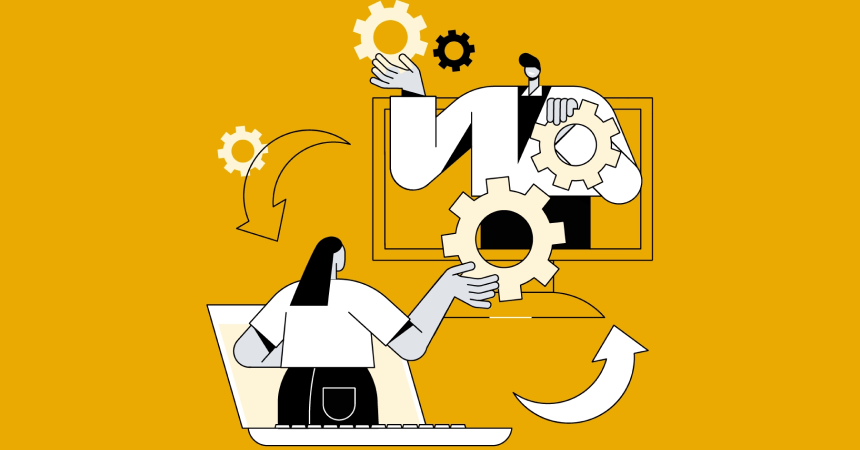
The Mortgage Software cost depends on various factors, each playing a crucial role. Here, we are discussing some of the major key considerations while evaluating the estimated cost for mortgage software. .
- The features and functions you need
- Integration process
- The location of CRM software developers
- Compatibility
- Data protection and compliance
- Which technology do you opt for?
- Maintenance and updates
1. The features and functions you need
The first thing that impacts the cost of mortgage software is the features and functionalities. Some of the complex features, including loan processing, compliance management, and origination, can elevate the development cost. Why so? because it demands lots of resources, efforts and time to implement.
We have evaluated the basic complexities with average time and cost. Look into it!
- The simple solution with some basic features needs a 3 to 4-month approximation and an average cost.
- A medium solution with some moderate features can cost around average $50,000 to $120,000, with approximately 4 to 8 months.
- Advanced and complex CRM systems demand approximately one year with an average cost of $120,000 to $300,000.
2. Integration Process
The next factor that impacts the cost is the integration of the CRM system with the third party. It is essential because integration with document management and communication tools requires effort and money.
3. The location of CRM software developers
The cost of CRM software for mortgage professionals and mortgage development also depends on the location of the developer you hire.
4. Compatibility
The compatibility of your custom-developed mortgage software to integrate your existing systems greatly influences the overall cost. This means that rolling out new software requires not only more resources but also more planning time and longer deployment time.
For instance, if you need to integrate your mortgage software with CRM platforms, accounting software, or third-party applications, the level of integration can cost you more.
In addition, software compatibility means that your mortgage system is integrated with your other systems for workflow across the devices, which could entail more rigorous procedures for integration.
5. Data Protection and Compliance
We can say that data security and compliance are two more important concerns while developing mortgage software. Mortgage companies come into contact with customer data in the form of financial records, and this information must also meet specified legal standards such as GDPR, CCPA, and PCI DSS.
Therefore, to incorporate these regulatory requirements in your software, you must include features like encryption, safe data storage, and data privacy.
Requiring compliance can prove to be expensive regarding development as there is a constant need for various audits and risk assessments as well as the security of clients’ information and avoiding penalties.
6. Technology Stack
The technology you opt for can impact the cost of the mortgage software development.
The final budget depends on the overall architecture that is implemented on the cloud and locally. This also includes language, database and framework.
For instance, implementing different software based on the current technologies, including artificial intelligence, machine Learning or blockchain, will cost more.
However, these technologies impact long, such as automating the process to secure the loan application and improving the decision-making process for the loan applications.
7. Maintenance and Updates
We can say that after-sale maintenance and updates can have a higher impact than before.
The use of custom mortgage software has its own drawbacks, among which are that updating this software in order to patch security, enhance performance and add new features is necessary. Thus, maintenance costs may vary because of the relationship between the software and the degree of support needed for its complexity.
Some businesses use a subscription-based system to cover these expenses, ensuring that all associated costs—including updates, maintenance, and regulatory compliance—are covered as long as their software solution is in use.
The Purpose of Mortgage software
Before we discuss the costs of developing a mortgage CRM, let’s first explore why mortgage businesses need CRM software in the first place.
- Streamlining Operations
Mortgage CRM software allows you to store all customer data in one place while automating a range of tedious tasks. This frees up your team’s time to focus on more important business activities, such as closing sales and building relationships. CRM software minimizes time-consuming procedures like managing loan applications, tracking progress, entering data, and handling documentation.
- Improving Customer Experience
When properly developed and implemented, CRM enables mortgage companies to address customers in a more customized way and manage the loan application flow. Whether a business organizes its customers faster loan approvals or offers accurate loan information quickly, it aligns with the trust and satisfaction that come from CRM software. It can transform prospects into loyal and return customers, which is another way of doing business.
- Compliance and Risk Management
Mortgage services businesses are very much moderated, and it is important to meet these standards. A CRM in the mortgage industry must then be specific enough to verify that processes conform to legal specifications to avoid penalties and other expensive mistakes. The important features, such as automatically generated compliance due date notifications, real-time notification of compliance changes, and compliance history, are inherent in developed mortgage CRM systems.
- Enhanced Data Insights
Mortgage CRM software also includes high levels of analytics that enable organizations to make better decisions. Such features as real-time reporting and data analysis give the ability to evaluate patterns, control the overall efficiency of marketing, and manage the flow of loan operations. Through the use of this data, mortgage lenders can also be in a position to make good decisions and even be more strategic because they understand the market.
What Makes Mortgage CRM Software Unique?
While generic CRM solutions such as Salesforce or Zoho can be used for a variety of industries, mortgage CRM software stands out because it is built specifically for the lending industry. Here are some features unique to mortgage CRM systems:
- Loan Application Management
Mortgage CRM software works from the moment the loan application is made, processed, and granted to the closing point. With this software, you can easily monitor the status of an application in real-time, eliminating prolonged processing times.
- Document Storage and Retrieval
This feature makes it possible for important documents such as income statements, credit reports and identity proofs to be stored safely and with easy access when needed. They can do away with paperwork, hence reducing the flow of papers within an organization as well as enhancing the efficiency of the flow of papers within an organization.
- Mortgage-Specific Integrations
Some of the Mortgage CRM application may interface with LOS and underwriting platforms and credit bureaus to facilitate easy transfer of data. These connections reduce the time needed for manual data input and make sure that the data is current in all the applications.
- Pipeline Management
Mortgage CRM software gives loan details in real-time on the status of loans: from lead generation to closing. This allows for the identification of the possible constraint in the process as well as the reduction of cycle time and waste within a project team.
Let’s Break Down the Mortgage Origination Software Costs
Now that we understand more about what mortgage CRM software can do, let us turn to examining the individual customizations that go toward making up the total cost of implementing the system.
In this section, we will evaluate the development of the custom mortgage software in comparison to the benefits that this would bring to the business. In addition, we focus on how much custom software development can be of great benefit in the future by cutting costs, encouraging efficiency, reducing manual mistakes, boosting customer relations, and following the law as required.
This section presented the financial advantages and disadvantages of various features of the software and would have provided businesses with sufficient comparison between the costs it would take to have custom development done against the value that such features create to enable them to make an informed decision.
CRM Mortgage Software Development Cost
Mainly, the firm’s expenses for CRM software development may differ depending on the duration of the innovation project, the location of the development team, and the degrees of the application.
- To get a better understanding of the common costs clients can expect to pay for a basic CRM solution, it can range from $10000 up to $20000.
- A CRM solution in mid-tier or medium forms can be expected to cost between $30000 and $50000.
- Solutions such as the enterprise level with great customization opportunities, deep integration with other platforms and systems can cost more than $100,000.
1. Core Features
The complexity and cost of a CRM depend on the feature you need. Let’s break down the cost quickly.
Essential Features (Must-Haves)
- Contact and lead management
- Email tracking and automation
- Task management and reminders
- Basic reporting and analytics
Cost for Essential Features: $20,000–$50,000
Advanced Features
- Artificial intelligence for lead scoring and customer information
- Workflow automation
- Email, SMS, and call are a few of the options for multi-channel communication.
- Customizable dashboards
Cost for Advanced Features: $50,000–$100,000
IT Department and/or Specialized Functional Areas (Specific to an Industry)
- Loan calculators
- Mortgage rate tracking
- Real-time compliance alerts
- Integration with LOS and underwriting platforms.
Cost for Specialized Features: $100,000+
2. Development Team and Expertise
Similarly, the type of development team you hire has a strong implication in the cost of your mortgage CRM software. Here are your options:
Freelancers
As of now, freelancers are relatively cheaper than the regular developers; however, they often lack sufficient capacity and experience to manage CRM projects on a large scale.
- Cost: $20–$50/hour
- Pros: Flexible, lower cost
- Cons: Less responsibility. There may be some time lag.
In-House Team
An in-house team puts your company in charge of the website development process, but at the same time may be more costly.
- Cost: $80 000 to $ 120 000 per developer per year
- Pros: Quality: Obtain high returns on excellent input, thus providing a good outcome for collaboration.
- Cons: Lack of affordability; takes too much time to get access to a professional.
Outsourced Agencies
Outsourcing a project to an agency gives one access to well-experienced personnel but at a slightly higher cost.
- Cost: It is $50 to $150 an hour, and they vary with the region.
- Pros: To sum up, the proposed agile teams are to comprise experienced professionals, whereas companies are to provide teams with successful, and therefore scalable, resources.
- Cons: More expenses are incurred at the start of operations, and operations are managed less.
3. Technology Stack
Selecting the proper technology stack is critical when determining how adaptable and protected your CRM will be
- Frontend: React, Angular, or Vue.js
- Backend: Node.js, Python, Ruby on Rails, or Java
- Database: PostgreSQL, MongoDB, MySQL
- Cloud Hosting: AWS, Google Cloud, or Azure
Estimated cost for setting up the tech stack: $10,000–$50,000
4. UI/UX Design
It is also noteworthy that the complexity of the organization of the user interface (UI) and the user experience (UX) is important for the CRM. The Design of a CRM makes it easy for users to adopt it and, in any case, not to frustrate them.
- Basic Design: $5,000–$10,000
- Custom UI/UX Design: $10,000–$25,000
5. Development Timeline
Timelines are necessary to design each step due to the fact that the advancement timeline differs based on the dimension of your project.
- Basic CRM: 3–6 months
- Mid-Level CRM: 6–12 months
- Enterprise CRM: 12+ months
6. Maintenance and Updates
You will need further support after the CRM is live, including updates, bug fixes, and optimization sessions. As mentioned above, maintenance costs are usually higher.
- Annual Maintenance Costs: 15–20% of initial development cost
ROI: Is it Worth the Investment?
It involves the direct costs of developing the mortgage CRM software, which could be very expensive; however, the gains of the mortgage CRM outweigh any initial expenses.
- Increased Productivity
Using integrations, one can save so much time each week that was spent on low-value activities, therefore freeing up the team’s time for far more useful tasks.
- Enhanced Customer Retention
Customers are offered better communication, and loans are processed in the quickest time possible, hence more business from clients.
- Cost Savings
Reduction of workflow redundant operational expenses and hence increase in profit margins.
- Competitive Advantage
We can say that custom CRM helpful for a specific business provides more competitive advantage as compared to a standard CRM in a highly competitive mortgage market.
Cost-Saving Tips Without Compromising Quality
Experts say that building your own custom mortgage CRM software can cost you more. However, there are ways to save some money.
- Start with an MVP (Minimum Viable Product)
The first criterion on which selecting candidates is based is an MVP (Minimum Viable Product).
- Leverage Open-Source Tools
To start with, predefined a number of features that would be crucial for effective business at the starting point and added others as the business developed.
- Outsource Development Offshore
When starting a project, choose free frameworks and libraries to avoid having to pay for licenses for them.
- Choose Scalable Solutions
Hire services from agencies in areas with cheap labor but high skill.
- Limit Customization Initially
This will help you get machines that can grow with your business because it will be cheaper to do so than acquire new machines altogether.
Let’s take a break and read our Real-Life Case Studies
A small mortgage firm was able to create a CRM with basic requirements such as lead management and automated tasks.
- Cost: $35,000
- Result: higher lead conversion rates by 20% and shorter loan processing times.
Case Study 2: Enterprise Lender
One of a large lender, building a fully unique CRM with enhanced analytics, compliance monitoring, and LOS link.
- Cost: $150,000+
- Result: Increased operational effectiveness and a specific achievement of a 30 percent higher rate of customer return.
Key Features for Your Custom Mortgage App

The following are some of the essential aspects that your custom mortgage app must have to meet both your business and customers needs.
- Loan Application: A user-friendly interface that allows borrowers to apply for a mortgage.
- Pre-Qualification Tools: Borrower education technologies assist any borrower in understanding his or her eligibility for the loan.
- Document Upload: Enables borrowers to upload needed supporting documents.
- Credit Check and Monitoring: Allows borrowers to check on their credit status.
- KYC Identity Verification: Corroborates with other authorities, which reduces fraud risks and, as a general, maintains compliance.
These features can assist you in generating effective mortgage CRM for effective fun and an efficient loan process.
Choosing Between Custom vs. Off-the-Shelf Mortgage Software: A Cost Perspective
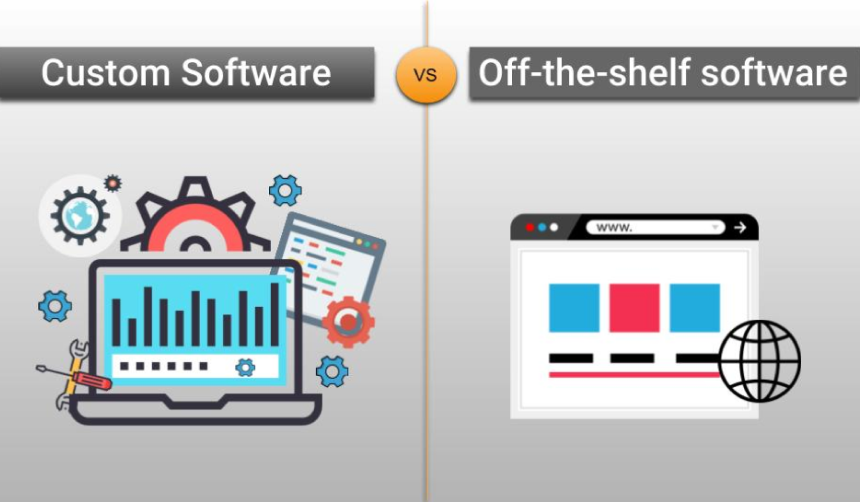
The advantages and disadvantages of developing custom mortgage software as opposed to using an off-the-shelf product. That is why, while the purchase of off-the-shelf software can be much cheaper than that of custom software, the functionalities offered, as well as the options for the software’s expansion, are often more limited.
Moreover, custom software requires more investment initially than packaged software, although its features, such as improved match with certain business processes, flexibility, and security, become a positive factor in the future. This section should assist the business in making a better decision depending on its budget, level of expansion, and requirements for operations.
Evaluating the Long-Term Financial Impact of Mortgage Software Customization
Considerable factors are in the early stages of implementation. The advantages that are likely to build up in the long run, such as enhanced effectiveness, reduced expenses of operation, and customer satisfaction, are likely to offset the costs. This would also focus on the formula for return on investment (ROI) and how companies can estimate probable monetary rebounds after deploying customized mortgage software.
Conclusion
Building a custom mortgage Investing in a CRM system yields long-term benefits. Despite the fact that there can initially be lots of costs, the ability to make it suit business needs perfectly, to automate processes, and to make them obey the rules is beyond price. When working with the appropriate development team, one is able to build a system that would increase efficiency, satisfaction of the customer, and the company’s advantage.
If you are ready to jump on, first of all, find out your business requirements; second, set a realistic budget; third, opt for a reliable team of developers; and lastly, opt for CRM for mortgage professionals. When you get it right, your custom CRM platform can become a great asset to your mortgage business. For the better and right choice, choose Awesome Tech Inc. for more reliable and trustworthy services!
FAQs
Here are some frequently asked questions that can help clarify key aspects of mortgage software development costs:
1. What is the average cost of developing custom mortgage software?
As with any software development, the cost of implementing custom mortgage software depends on the project requirement and its complexity. A simple solution for a mortgage may cost anywhere from $30000 – $50000, while an elaborate solution that has to offer features such as compliance, processing of the loan, and reports may cost from $120000 – $300000.
2. Why does the integration process affect the cost of mortgage software development?
Integration with third-party systems, such as document management systems and communication tools, requires specialized development effort. That is why these integration capabilities help your software run communication with external programs, which results in additional time and money spent on development.
3. How does the location of the development team impact costs?
That is why the place of the developers can also play an important role in the total sum of the cost. It is normal to find developers from North America or Western Europe because they are employed for a higher price because of their experience and their cost of living. While hiring developers from Eastern Europe or Asia may mean getting them for a discounted price, this is not always the best idea due to time differences, among others.
4. What technologies should be considered for building mortgage software?
The selection of which technology stack you want will depend on some factors. For example:
- AI and machine learning for predictive Analysis for fraud.
- Limited size to retain built-in advantage and cloud computing for scalability and flexibility.
- Blockchain is good for transparency and security. While these technologies introduce intricacy and cost to the solution, there are peculiar benefits to get from the process.
5. How do data protection and compliance affect the development cost?
In these cases, certain implementations are applicable in features, including encryption, secure storage, and privacy, particularly under GDPR, CCPA, and PCI DSS. Compliance costs guard against penalties for non-compliance and safeguard customer information, while they are additional to the first cost.
6. Is ongoing maintenance included in the initial development cost?
Indeed, maintenance and software updates, for example, are usually not covered by the total development cost. Costs are additional and include things like fixing a bug or applying a security update as well as feature updates. For these types of expenses, the business normally plans for them in a different budget.

